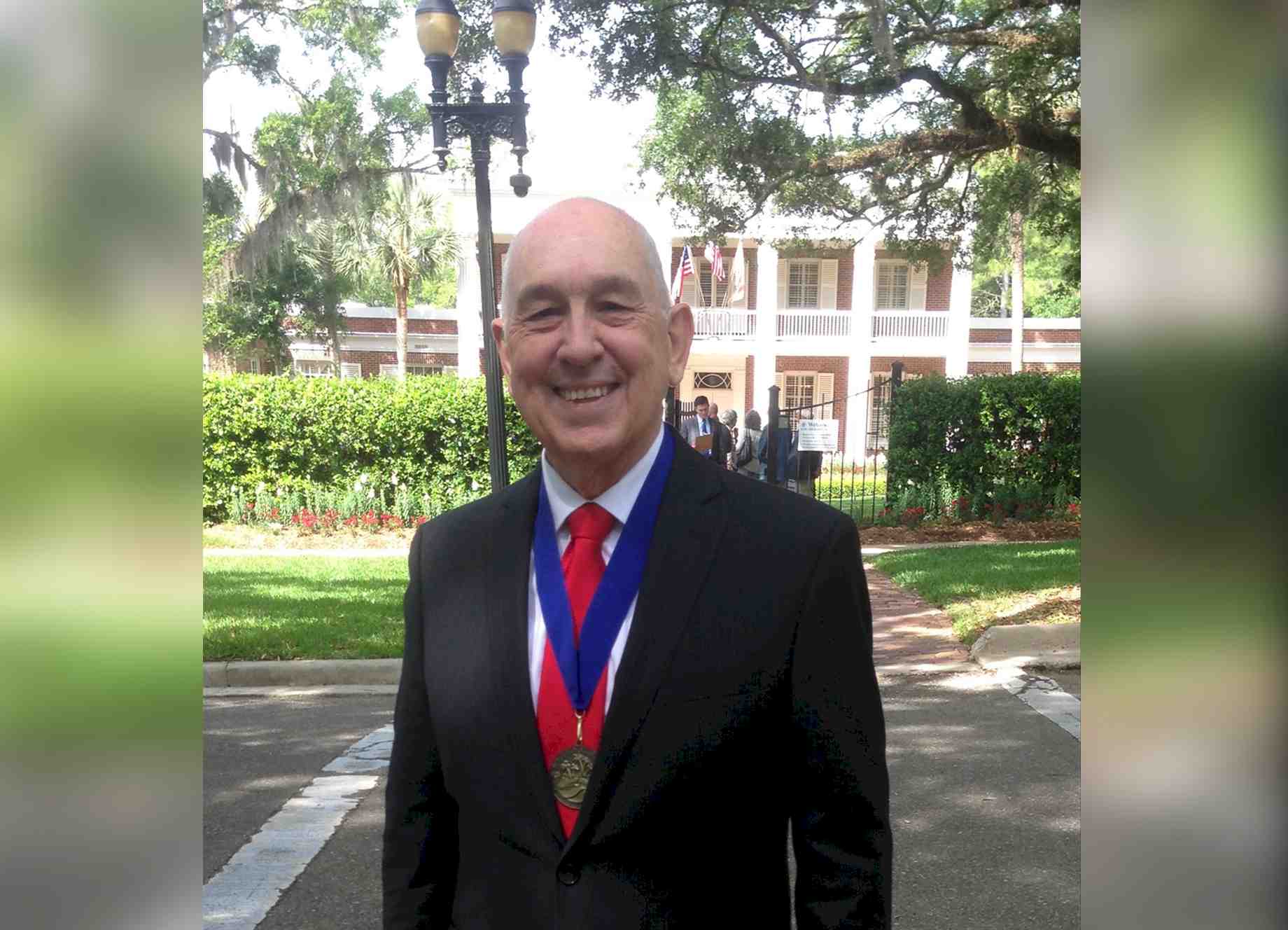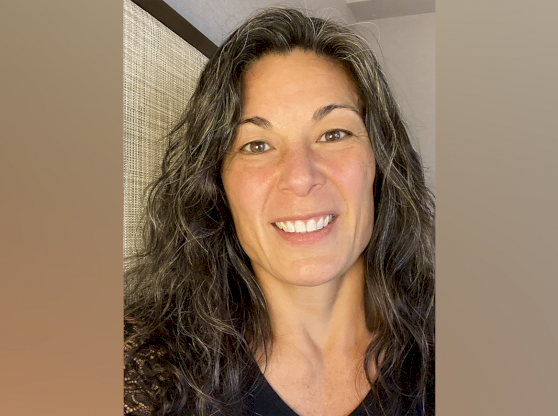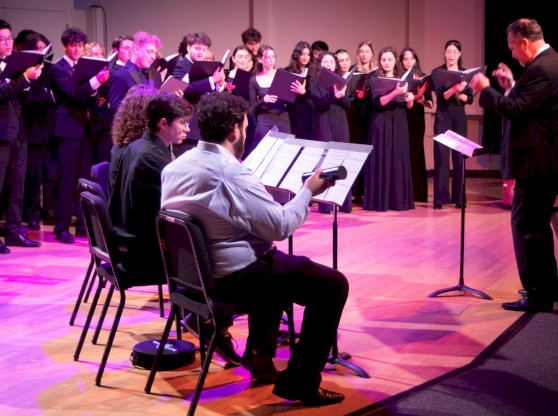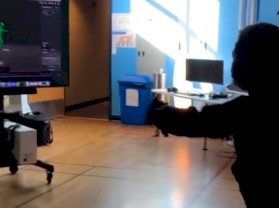Dr. Robin Poynor, professor emeritus in the UF School of Art + Art History, was a key faculty member involved in the creation of the now 20-year-old museum studies program at the University of Florida. A former professor of African and modern art, Poyner's current research focuses on the art of the African Diaspora, especially as it relates to manifestations of Yoruba culture in the American south. Here he discusses the start of the graduate curriculum in museology at UF.
Chandler: Why did you want to start a master’s program in museum studies at UF?
Robin: We wanted to start the program for several reasons. We had students who completed their M.A. in Art History and were successful at finding jobs in museums primarily because of the experience that they had here. The Art Department (now the School of Art + Art History) offered several assistantships for students who worked in and ran the Grinter Gallery. Those positions gave them experience in administration, exhibitions organization and fundraising because students would sometimes have to go out and find extra funding for their exhibits.
Another reason is that we recognized we have several resources here at the university. Such resources are the long-established reputation of the Florida Museum of Natural History as the largest natural history museum in the southeast as well as our gallery system. The Harn was in its infancy, but already, when it opened in 1990, it was the largest university museum in the southeast at the time. All of these things: the successes of former students, the people who were interested in museums from anthropology, art history, and education who worked with museum ideas in one way or another that could feed into a curriculum and teach courses led us to create the program.
C: What was the need for a graduate program in museum studies?
R: At the time, when we were writing the proposal for museum studies, there were no degree programs for training museum personnel in the state of Florida or the southeast. The nearest programs were in Texas and Virginia in the D.C. area. There was also a great deal of interest in all sorts of museums as a result of the bicentennial. By the time we were working with the degree program, we were looking at how many museums there were in the region. At the time there were 300 museums in the state of Florida, and there were 1,400 in the southeast. Most of them were well-established, but a lot of them were new, local museums that sprang up because of this new interest in local history. We also sent a survey out to museum directors in Florida to assess the need for a master’s program in the state. Of the 56 directors that responded, all unanimously said that their museums would benefit from a university-level training program in museum studies.
When we wrote the proposal for implementation, we used a quotation from an article in 1993 that said, “Adequately trained exhibit professionals are hard to come by, and this will continue until we create training programs with depth.” So that’s what we wanted to do: We wanted to create a training program with depth, not just a certificate attached to another degree program. We saw our degree as different from others in that we recognized for a person to get a position at a reputable museum, a disciplinary focus was important. So, we required 48 credits, which is much more than a regular M.A. The reason for that is we thought students had to have a good grounding in a discipline appropriate for the type of museum they wanted to work in. Additionally, they had to have the hands-on experience to know the different kinds of museum jobs. All of that drove the type of program that we decided to write.
C: Until a director was chosen, you led the program and initiated a graduate seminar in Museum Studies. What was teaching the first class like?
R: The first class was fun! It was long before we wrote the program. Each student was memorable for a different reason. The first is Michael Whittington [who] is now the President and CEO of the Oklahoma City Museum of Art, so that stems from his experiences at UF and the first seminar. Another is Anne Morgan, who became a writer for art magazines. The third person is Brenda McNeill [who] became Registrar at the Appleton Museum of Art in Ocala, and she was the one who initiated digital imagery to record various objects rather than using photographs and initiated using spreadsheets to keep track of museum objects.
C: What experiences in your life contributed to starting a graduate program?
R: Well, in my own graduate school program I did small exhibitions on campus at Indiana University, and then I did a traveling exhibition that went throughout the state of Indiana in which I selected which objects I wanted to include. I did the research on them, wrote the catalog and the individual entries for each object and then when it traveled I was able to go as a guest speaker to speak around Indiana, which gave me a great deal of experience. My first job away from grad school was a result of that experience. At the University of Minnesota, they wanted somebody who could teach African art, and they wanted someone with museum experience because the person was going to be split between the art history program and the Tweed Museum of Art. So, I was curator and art historian, and there I worked with docents and collections, I organized exhibitions, catalog material, and I fundraised. In times when the director was on sabbatical, I would be the acting director for the museum. I had an intern one day bring in an advertisement for a position that said they wanted somebody who could teach African and Modern art, and who had museum experience, and it was UF. I interviewed and was offered the position but declined it, and someone else took it. Several years later they advertised again, and that time I accepted.
C: Looking back, what was the most rewarding part of starting the program?
R: I think the most rewarding part was seeing the success of students. Alums of the program are at places like the Smithsonian, and a number are placed locally. Kelly Harvey came through the program, for example, is Director of Development at the Harn. Jessica Uelsmann, Registrar at the Harn, is also a grad of the program, as was her predecessor Laura Nemmers. So, to see the success of students in finding positions, enjoying their work in those positions and being able to use their experiences, first of all, to find a position and then to move up into the position and find the niche that’s good for them is a satisfying thing.
C: What are some of the biggest changes you have seen in the museum world since you began working in them?
R: I think interpretation is one as well as inclusivity. I came out of a background in studio art and did a Bachelor of Arts in art and a Bachelor of Fine Arts in sculpture. I also went to the San Francisco Art Institute, and at that time non-western art was sort of sneered art. The introductory textbook for art history included African with Pre-Historic and Primitive Art. I remember that the first CAA meeting that I went to there was a panel on the art of children, the insane, and primitive art. I think most museums now at least recognize that the arts of Native Americans, Pre-Colombian Americans, and people of Africa and the Pacific had sophisticated art that was fixed within a context of philosophy, theology, leadership, education and so on, and it wasn’t something that was randomly hacked out. So, I think museums have become more sensitive to that. Along with that, there are more and more museums that are willing to interpret. Maybe not with wall text and verbiage and labels but in programming, whether it is through museum talks or docent-led tours, and those sorts of things. It’s not just “let the arts speak for itself.” It’s somebody is going to lead you into understanding what the art is trying to say.



